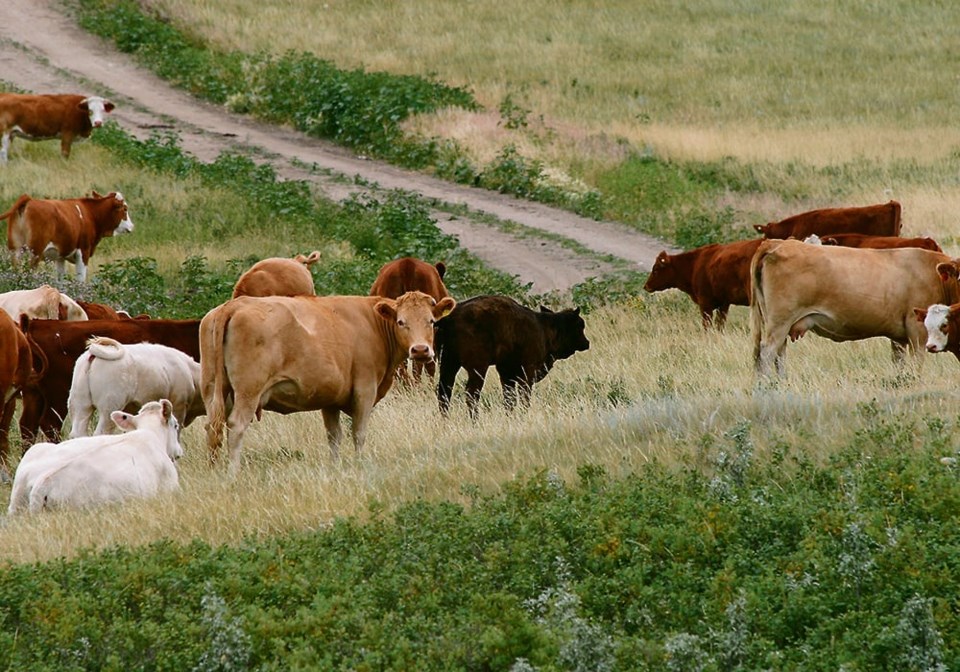SASKATOON — Crown grazing lease costs in Saskatchewan have been frozen for this year at last year’s rates.
Saskatchewan agriculture minister David Marit announced the decision at the recent Saskatchewan Beef Industry Conference.
“As well for 2023, lessees who must reduce their stocking rates on Crown land due to ongoing dry conditions will be eligible for a rent reduction to a maximum of 50 percent,” he said.
“Hopefully we don’t have to use it, but it is there.”
Saskatchewan Cattlemen’s Association outgoing chair Arnold Balicki said it’s important to have a program like that.
“When you have a shelf-ready program then you have something that you can kind of count on as a back-up plan,” he said.
Some areas of the province have received substantial snowfall this winter, but others are still dry. Balicki also said even tall snowbanks are no guarantee that the water will stick around in spring. Last year the ground “just sucked it up like a sponge” he said.
Crown grazing rates are based on a formula that uses fall cattle prices and long-term stocking rates of each pasture.
Marit said it’s likely there would have been an increase this year, but the government wanted to be proactive in helping beleaguered producers who have struggled with drought. The cabinet-approved move could cost the province some money.
“The shortfall would depend on how it’s utilized and how much,” he said. “We could see that the impact could be anywhere from a million to $3.5 million.”
The stocking reduction measure will kick in in situations where a lessee or an entire pasture association has to remove 20 percent of the cattle or more, based on the long-term carrying capacity, due to lack of water or grass.
The rate reduction will match the decrease in cattle from 20 percent up to 50 percent.
There are about six million acres of Crown grazing lease land in Saskatchewan.
Meanwhile, Marit also commented on the concern expressed late last month by First Nations who said the auction and sale of Crown agricultural lease land should be stopped because the government failed in its duty to consult.
He said the government worked with First Nations leadership to design the process and that they know 60 days ahead of time if they might want a parcel.
“We make sure the First Nations know, (Federation of Sovereign Indigenous Nations) knows, everything is posted, and letters are sent out,” he said. “We’re very comfortable in the process.”

